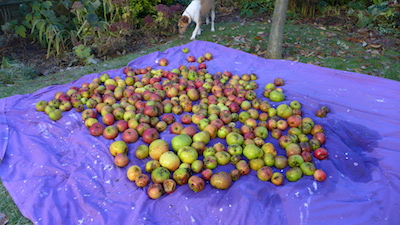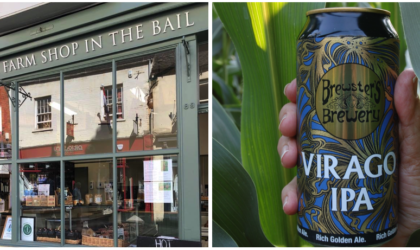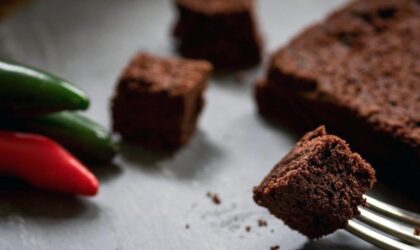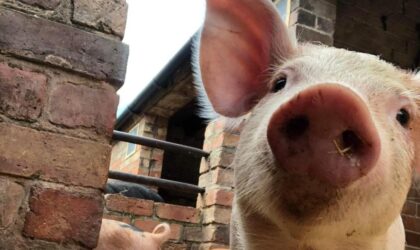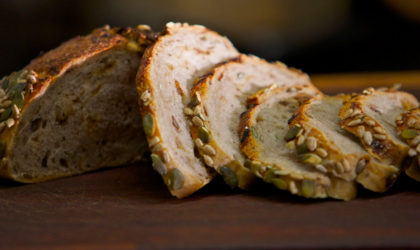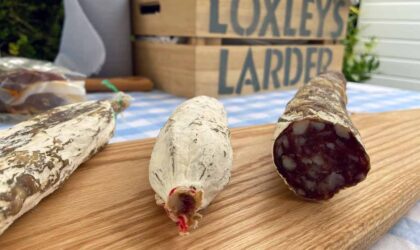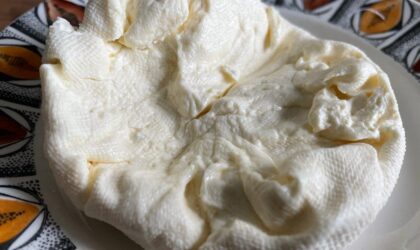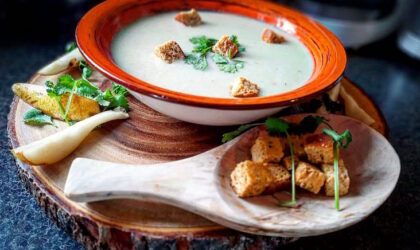How to make your own cider with an electric juicer
Published on August 6, 2014
By Matt Wright
Those apples in your garden are nearly ready, so now’s a good time to share my no-fuss DIY cider recipe. This tried and tested method is for just over nine litres (two gallons) and as a rule 2kg of apples produce one litre of juice, so you’ll need about 20kg of apples. Contrary to popular belief, you can use any type of apple. Homegrown cider apples are best, but you can make good cider with other types. Personally, I love using homegrown apples that’d otherwise go to waste.
You’ll need an electric kitchen juicer, which is far easier than a traditional apple press for this volume of cider – I have a Philips HR1861 (£160). You’ll also need two one-gallon glass demijohns, two bubbler airlocks with rubber bungs, Campden tablets, muslin, granulated sugar, cider yeast, a hydrometer, plastic tubing and two re-usable five-litre mini kegs (all available online).
Sterilise and rinse your demijohns and wash your apples. Then juice your apples, strain the juice through the muslin and pour it into your demijohns. Once full, take a hydrometer reading – you’re looking for around 1.050, which means your finished cider will be 6.5% ABV. If your reading is low, add sugar syrup (granulated sugar heated up in a little water) a bit at a time to boost the reading. When you’re happy, sprinkle in the cider yeast and insert the bungs and airlocks. Leave the juice indoors to ferment until January.

Matt’s son Enzo helps out
When the bubbling stops after a few weeks, all the sugar has turned to alcohol, but your cider’s not ready. Now you need to leave the juice for four to six months to go through malolactic fermentation. So in January, transfer the fermented juice from the demijohns to the sterilised mini-kegs (again, use Campden tablets and rinse well), adding 2-3 tablespoons of sugar to each keg. This ‘priming’ sugar will make the finished cider fizzy. When transferring to keg, you might also want to sweeten your cider with Splenda (not sugar, otherwise you’ll create a huge secondary fermentation). Taste test to get the right amount of Splenda. Now leave your kegs in your garden shed till late spring, when you can pour and enjoy your very own cider.
I love the way cider-making links the autumn and winter with spring and summer. I hope you enjoy it too.

Apple juice fermenting in the demijohn

Ready to serve from the mini kegs, six months later


